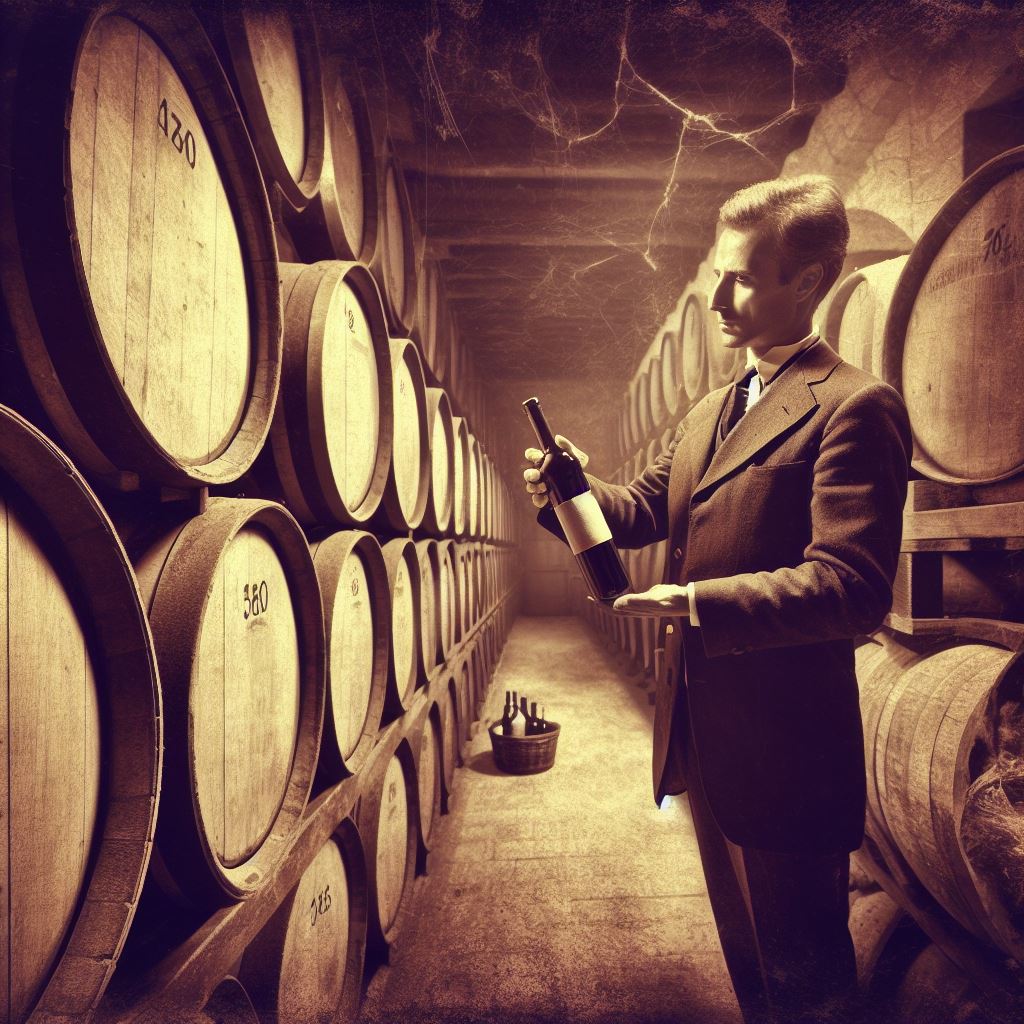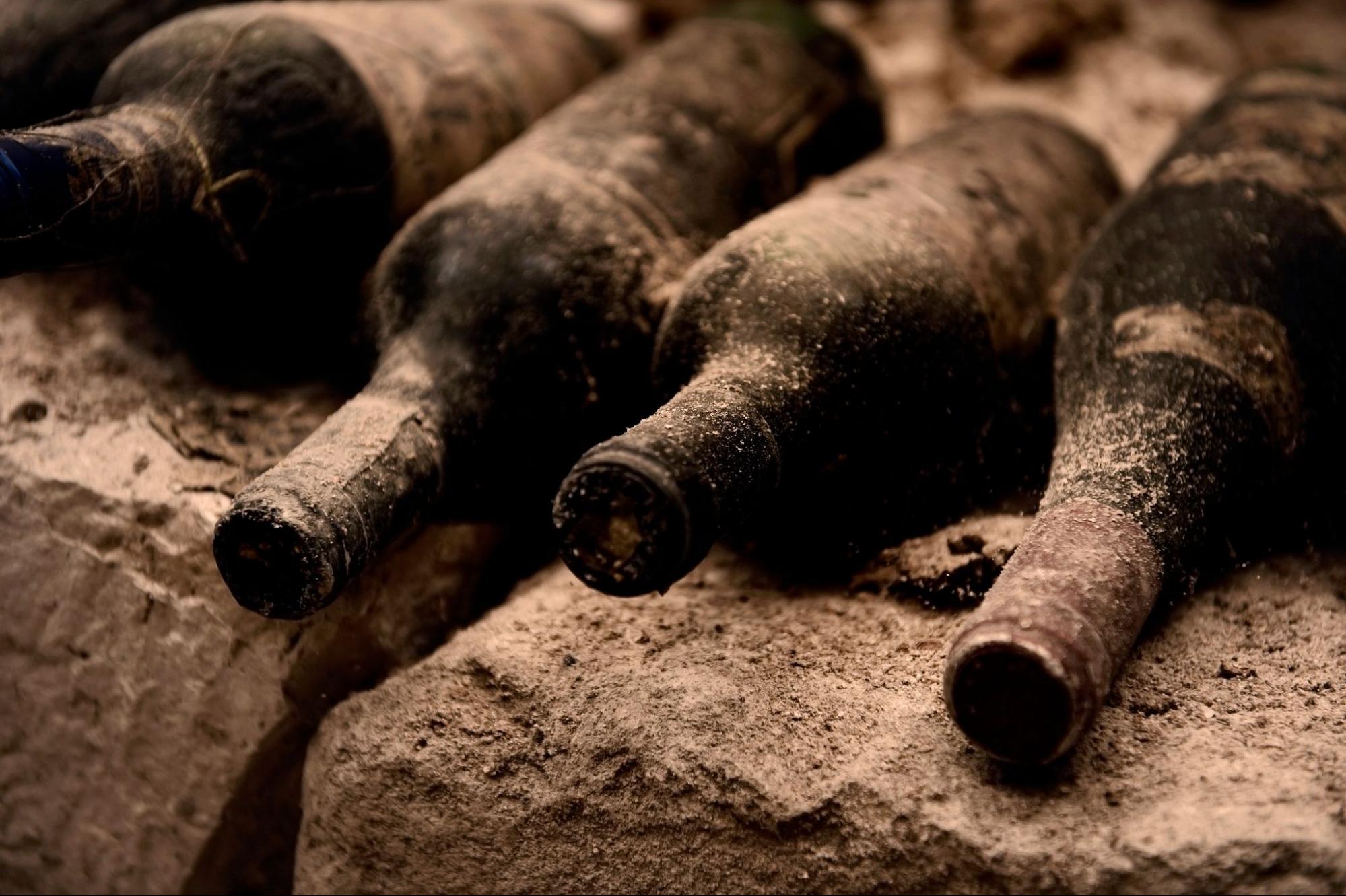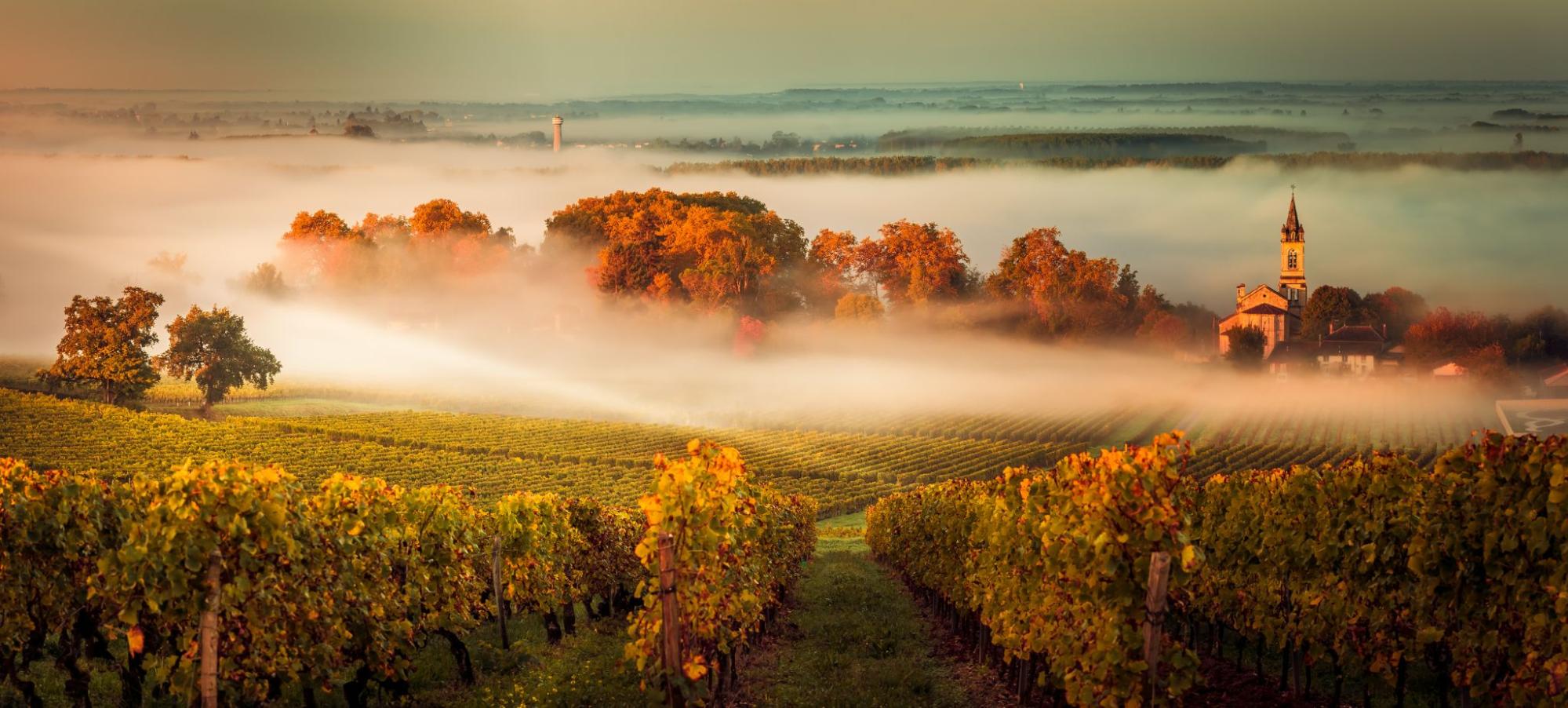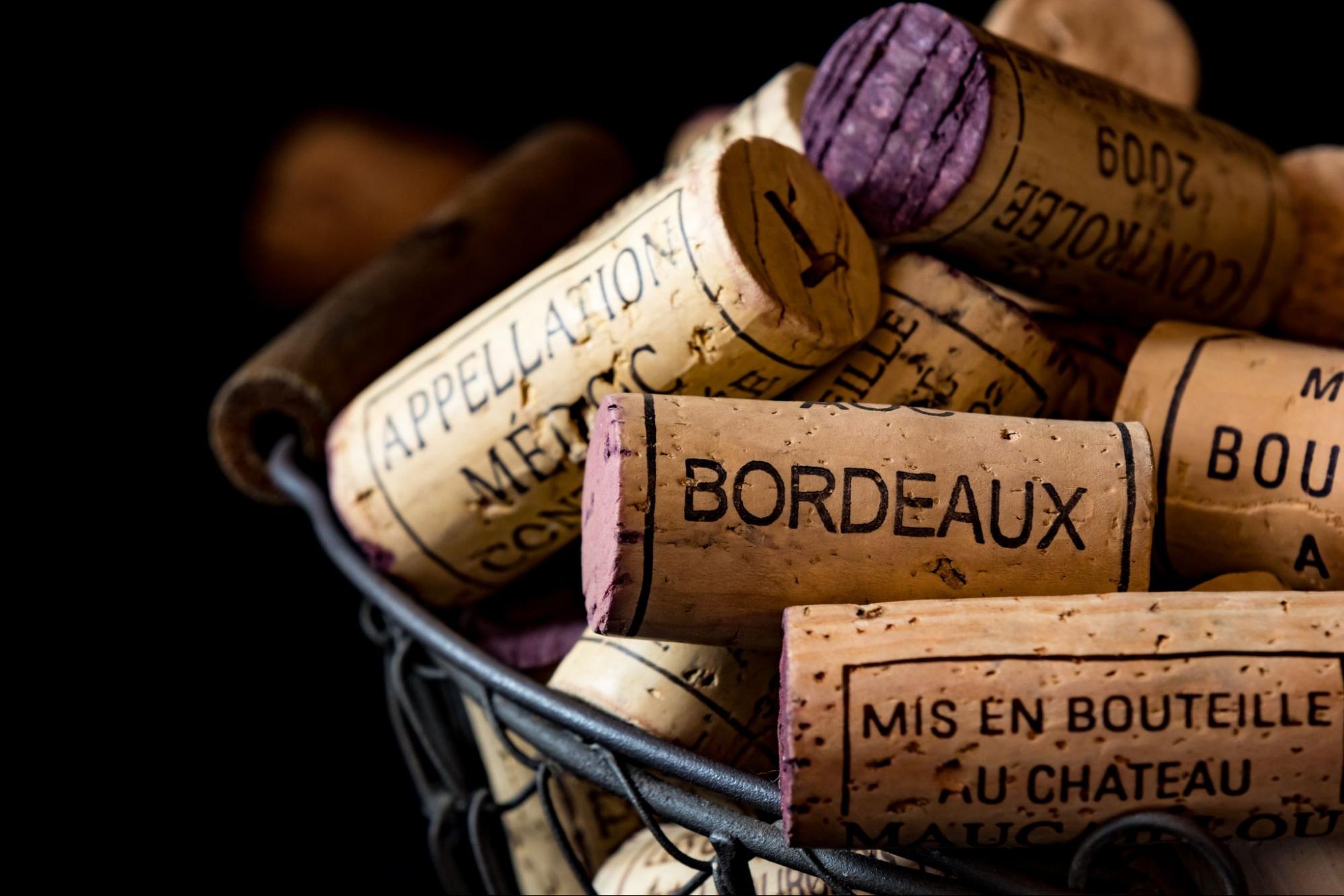- Wine Color/Type
- Top Occasions
- Unique Wines
- Surprise Me!
It's All About the Vintage Part 2 - Bordeaux
For wine aficionados and VinoVossers, understanding vintages isn't only about knowing the year; it's about appreciating the climatic ballet of that year and how it sculpted the wine's character. Nature, in its unpredictable style, has bequeathed us with some unforgettable wines over the years. There have been many great and outstanding vintages. However, we will focus on a few historical and famous recent vintages that shaped the past and the future.
Find the first part of the series here!
Every vintage is unique (Credit: DallE)
Bordeaux, France
Marking the culmination of WWII, Bordeaux's 1945 vintage became iconic. A predominantly dry summer led to an earlier harvest, producing deeply concentrated wines. These bottles encapsulate the world's sigh of relief and hopefulness, reflecting a moment in history when the future promised change and renewal.
Nature then presented Bordeaux with a double-edged sword in 1961. An unexpected frost dramatically reduced yields, but adversity birthed brilliance. The surviving grapes bore intensified flavors, and the wines from this year stand as a testament to resilience, capturing the spirit of survival and richness in adversity.
Bordeaux had awaited redemption and 1982 was delivered. A season defined by its consistent warmth without extreme heatwaves, this vintage rejuvenated Bordeaux's reputation. These wines, a harmonious blend of vibrancy and depth, mirrored the sun-soaked charm of the year, singing praises of nature's benevolence.
Some wines can improve over time (Credit: fresnel6/stock.adobe.com)
The Bordeaux Triple: 1988, 1989, 1990
Throughout the history of Bordeaux, the trio of 1988, 1989, and 1990 remains etched in wine lore. Each vintage tells its unique tale, but collectively, they form an unparalleled trilogy in Bordeaux's illustrious wine history.
Starting the trilogy, 1988 was initially overshadowed by the subsequent two vintages. The year saw a relatively dry summer with some rains in September. The result was wines with notable tannic structures, which meant they were slightly austere in their youth. However, patience has revealed their true colors. Over time, these wines have evolved beautifully, showcasing depth, elegance, and longevity. They are the graceful elders of the trio, a testament to the beauty of patience and time.
A year that smiled upon Bordeaux, 1989 was characterized by an exceptionally hot and dry summer. This climatic generosity birthed wines bursting with ripe fruit flavors, opulence, and early approachability. Unlike the 1988s, the 1989s were a delight in their youth, yet they also possessed the backbone for aging. They are the charismatic middle child, vivacious and robust, winning hearts both in their youth and as they mature.
Capping off the trilogy, 1990 stood out for its optimal balance. While it enjoyed the warmth of 1989, it was tempered by adequate rainfall at just the right times. The resultant wines were both powerful and harmonious, a dance of intensity and balance. These bottles captured the essence of a near-perfect vintage, combining the structural beauty of 1988 with the ripe allure of 1989. They are the balanced finale to this remarkable trio, embodying the best of both their siblings.
The Catastrophic 1991
While the trio of 1988-1990 set high standards, 1991 starkly broke the pattern. This year is infamously remembered for its catastrophic weather patterns. A promising start to the growing season was brutally interrupted by frosts in April, decimating a significant portion of the grape crop. The summer that followed lacked consistency, and September rains further marred the hopes of a salvageable harvest.
The wines of 1991, unfortunately, reflected these challenges. They lacked the depth, structure, and charm associated with Bordeaux. While there were pockets of resilience with a few producers managing to craft decent wines, the vintage as a whole pales in comparison, especially when juxtaposed against the stellar trio that preceded it. 1991 serves as a humbling reminder of nature's unpredictability and the challenges inherent in the world of winemaking.
Morning fogs are a key element in producing Sauternes. (Credit: FreeProd/stock.adobe.com)
Bordeaux's Modern Stars: 2000, 2005, 2009, 2010, 2015
Welcoming the new millennium in style, Bordeaux's 2000 vintage set a high bar for the century ahead. Characterized by a warm summer punctuated by timely rains, the vines thrived. The wines they produced had depth, vigor, and a harmonious balance. These wines stand out as a testament to a pivotal year, encapsulating turn-of-the-century elegance that is both robust and refined.
In 2005, a vintage often spoken of in the same breath as some of Bordeaux's legendary years, the region experienced a climatic equilibrium. This balance, marked by warmth without scorching peaks, allowed for the slow and meticulous ripening of the grapes. The resulting wines were structured and tannic, made for longevity. They are the epitome of patient winemaking and are a reward for those willing to wait.
2009 saw nature at its most charming. A hot, dry summer ensured optimal ripening, producing wines that are rich, opulent, and accessible early on. With their fruit-forward profiles, these wines from the vintage exude an undeniable allure, marking a celebration of sun-kissed abundance.
If 2009 was about opulence, 2010 focused on precision and structure. While the temperatures were cooler compared to 2009, the steady conditions yielded wines with intense flavors, vibrant acidity, and a notable tannic backbone. These wines offer a lesson in balance, illustrating Bordeaux's knack for blending power with finesse.
2015 was a year in which Bordeaux was reveling in a warm, dry summer, reminiscent of 2009. The wines produced were aromatic and concentrated, mirroring the season's generosity. While they are approachable relatively early, they also possess the structure to age gracefully, presenting a harmonious blend of immediacy and potential.
Over time, the wine interacts with the cork.. (Credit: JPchret/stock.adobe.com)
Bordeaux's Challenges: 2013 & 2017
While Bordeaux has witnessed numerous standout vintages, it's not immune to nature's whims. The recent 2013 and 2017 were particularly challenging years for the region. 2013 was plagued by an erratic climate—cold spring, a lackluster summer, and excessive rains during harvest. The resultant wines generally lacked depth and are best enjoyed young. 2017 had a promising start, but late April frosts devastated many vineyards, severely reducing yields. While some producers managed to craft commendable wines, the vintage lacks the consistent brilliance Bordeaux is celebrated for. These years underscore the vulnerabilities and unpredictabilities intrinsic to winemaking.
Bordeaux, with its rich history and terroir, continues to cement its reputation as a cornerstone of global viticulture with each passing vintage. Its wines, regardless of the year, resonate with stories of the land, the climate, and the skilled hands that craft them. The vintages discussed are merely a glimpse into the symphony of flavors and experiences that Bordeaux offers. As we move forward in our series, we'll delve into other regions, exploring their distinctive vintages. Stay tuned as the journey through the world's most esteemed vineyards continues.
When navigating on Vinovoss, you can use our vintage searcher for each wine. Maybe you will discover a new favorite vintage.
Click here to discover the Vintages of Burgundy in Part 3 of our series
Peter Douglas
Latest articles




